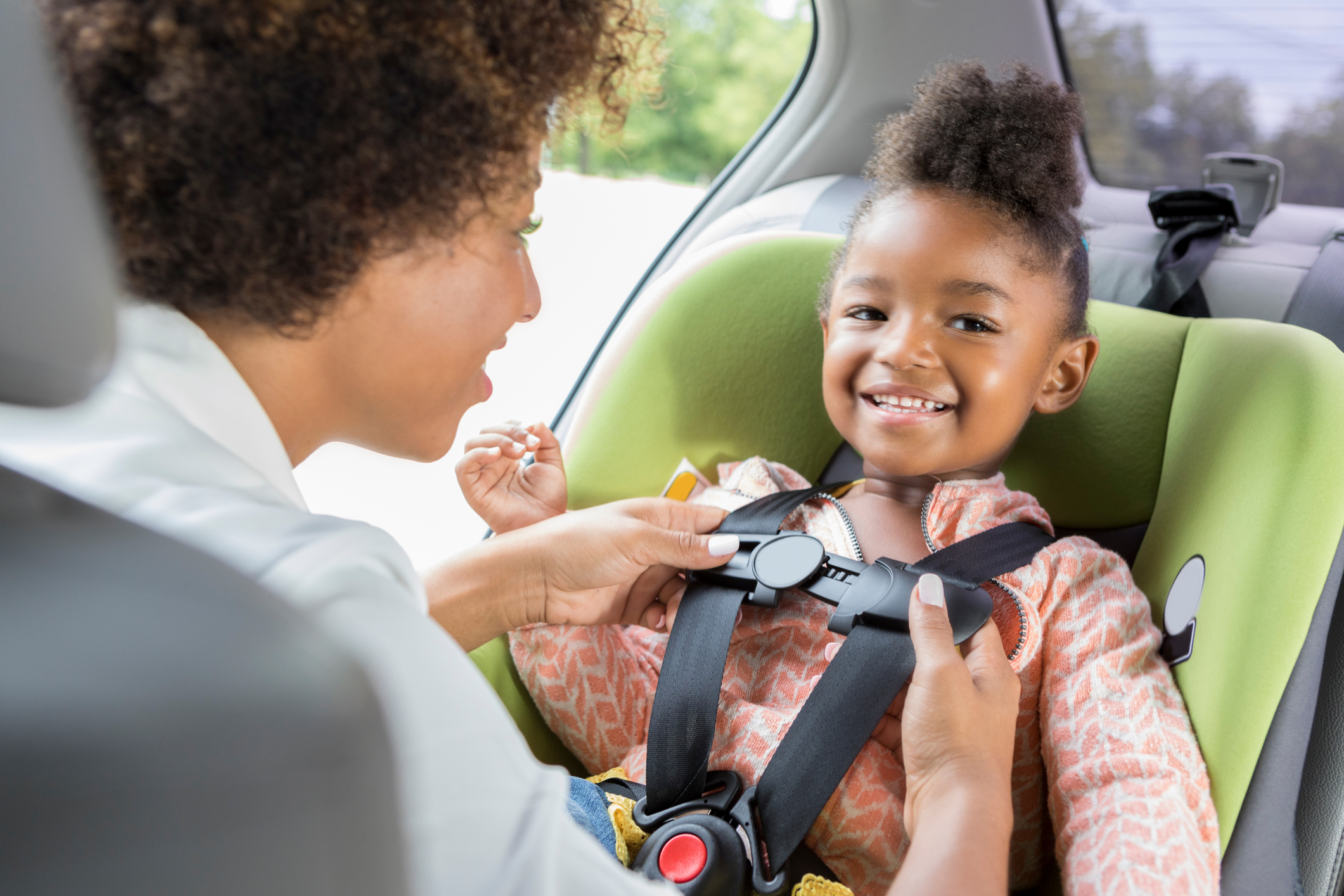Ensuring Car Seat Safety: Tips for National Safety Month

At Cheyenne OBGYN, the safety and well-being of your children are our top priorities. National Safety Month is an excellent time to focus on car seat safety, a crucial aspect of child protection that can often be overlooked. Proper use of car seats significantly reduces the risk of injury in the event of a car accident. Here, we provide essential information on car seat safety and resources available to you.
The Importance of Car Seat Safety
Car seats are designed to protect children in the event of a crash by restraining their movement and absorbing some of the crash forces. According to the National Highway Traffic Safety Administration (NHTSA), car seats can reduce the risk of fatal injury by 71% for infants and by 54% for toddlers in passenger cars. Ensuring that your child’s car seat is correctly installed and used every time you drive is vital for their safety.
Choosing the Right Car Seat
Selecting the appropriate car seat for your child depends on their age, weight, and height. Here are the basic types of car seats:
- Rear-Facing Car Seats: Best for infants and toddlers. These seats should be used for as long as possible, up to the highest weight or height allowed by the car seat manufacturer.
- Forward-Facing Car Seats: Once a child outgrows the rear-facing car seat, they can transition to a forward-facing car seat with a harness.
- Booster Seats: For children who have outgrown their forward-facing car seats. Booster seats help position the vehicle’s seat belt correctly on the child’s body.
- Seat Belts: Once children outgrow their booster seats, they should use the vehicle’s seat belts. The lap belt should lie snugly across the upper thighs, not the stomach. The shoulder belt should lie snug across the shoulder and chest, not crossing the neck or face.
Installing Your Car Seat
Proper installation of the car seat is just as important as choosing the right one. Here are some general tips:
- Read the Manual: Always read the car seat manual and your vehicle’s owner manual for specific instructions.
- Secure Tightly: Ensure the car seat doesn’t move more than an inch side-to-side or front-to-back when installed.
- Correct Angle: For rear-facing seats, make sure the car seat is reclined at the correct angle to keep your child’s airway open.
- Harness Fit: The harness should be snug. You shouldn’t be able to pinch any excess webbing at the shoulder.
Free Resources for Car Seat Safety
If you cannot afford to purchase a car seat or are having trouble acquiring one, assistance is available. Please call Cheyenne Regional Hospital’s Injury Prevention Office at (307) 432-2679 for help.
Additionally, you can have your car seat inspected to ensure it is installed correctly. The Car Seat Inspection Station at Cheyenne Regional Medical Center/WIC offers free inspections:
Location:
Cheyenne Regional Medical Center/WIC
421 E. 17th Street or 2210 House Ave.
Cheyenne, WY 82001
Hours:
Fridays, 9:00 AM to 12:00 PM (Appointment required)
Contact:
Victoria Ingerle
Phone: (307) 432-2679
Email: victoria.ingerle@crmcwy.org
At Cheyenne OBGYN, we are committed to the safety and health of your family. This National Safety Month, take the time to ensure your child’s car seat is correctly installed and used. For more information or assistance, please reach out to Cheyenne Regional Hospital’s Injury Prevention Office. Together, we can keep our children safe on the road.
